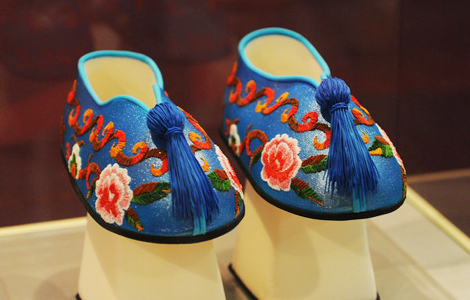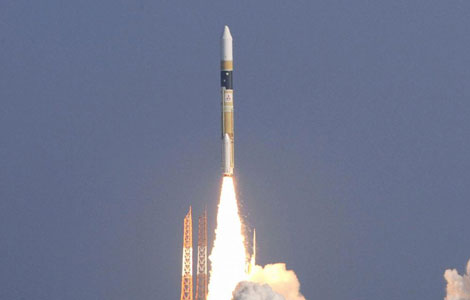Yuan volatility tells true story
Updated: 2011-12-13 21:27
(Xinhua)
|
|||||||||||
BEIJING - Recent yuan volatility, to some extent, tells the true story of the global economy.
In the past 10 days' trading, the yuan fell to the bottom of its official trading band against the US dollar, triggering suspicion of a potential weakness in the world's second-largest economy.
The drastic fluctuations, however, were evidence that the currency's value is not a political decision, an accusation levelled by a range of governments around the world, but rather a mirror of the real economy.
No currency in the world can always keep rising against others. The yuan is no exception. It depreciates when investors seek other currencies for a safe haven. The bi-directional waves may be a clue that yuan prices are approaching a balanced level.
The continuous depreciation on spot markets was based on belief that China's economy will slow down on faltering external demand, as consumer confidence weakens in the European Union (EU) and the United States, the country's top two trading partners that are still struggling through their sovereign debt crisis.
On the other hand, depreciation is relative. Last week's EU summit may have failed to assure investors who flocked to buy US dollars. When the markets turn scary, the ease of trading in the US currency and in the US deep underlying bond markets overwhelmed longer term concerns.
For decades, the dollar has been the world's main reserve currency, leaving other countries vulnerable to importing inflation from the United States. Although the EU crisis has seemingly overshadowed US debt woes, investors -- private and official alike -- worry about whether the United States intends to inflate its debts away.
Backed up by a steadily growing economy at home, the yuan has remained strong for years. And, in reverse, a stable yuan served the country's boom that led the global economy out of the financial turmoil.
Currently, the yuan is not fully convertible under the capital account, but it still looks attractive because China has stepped up efforts to raise its currency's international status.
Last month, China opened its currency market to direct trading of the yuan against the Australian and Canadian dollars, bringing the total of foreign currencies that can be directly traded with it to nine.
In Hong Kong, an offshore yuan market, there was a sharp increase in the share of bank deposits denominated in yuan last year. Dozens of foreign companies have issued yuan-denominated "dim sum" bonds there.
Admittedly, China has a long way to go in building the yuan into the world's currency. After all, it is the competitiveness of China's goods and services in the global market, not the central government, that will decide whether the yuan will be a true international currency.
Although economists are still largely at odds concerning the reshuffle of the dollar-based global monetary system, many have agreed that the crisis-resilient system should rely on a basket of currencies rather than a single currency.
Yes, a new monetary world is coming. If you cast a look back at life in Japan after the 1985 Plaza Accord, you will also realize that it is as simplistic as it is dangerous to press the yuan to appreciate.
Hot Topics
HIV/AIDS, Egypt protest, Thanksgiving, climate change, global economic recovery, home prices, high-speed railways, school bus safety, Libya situation, Weekly photos
Editor's Picks

|

|

|

|

|

|







